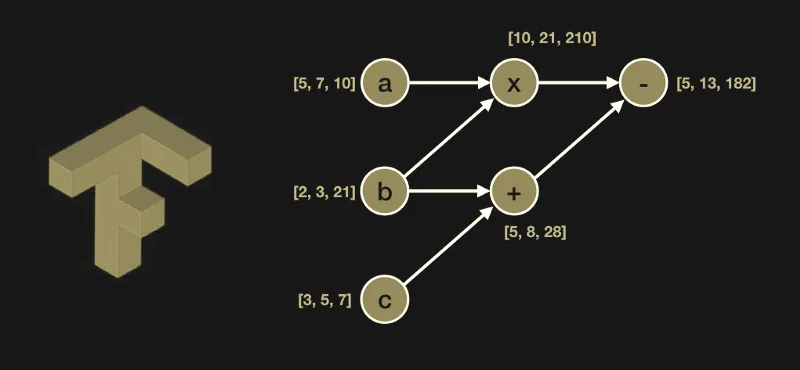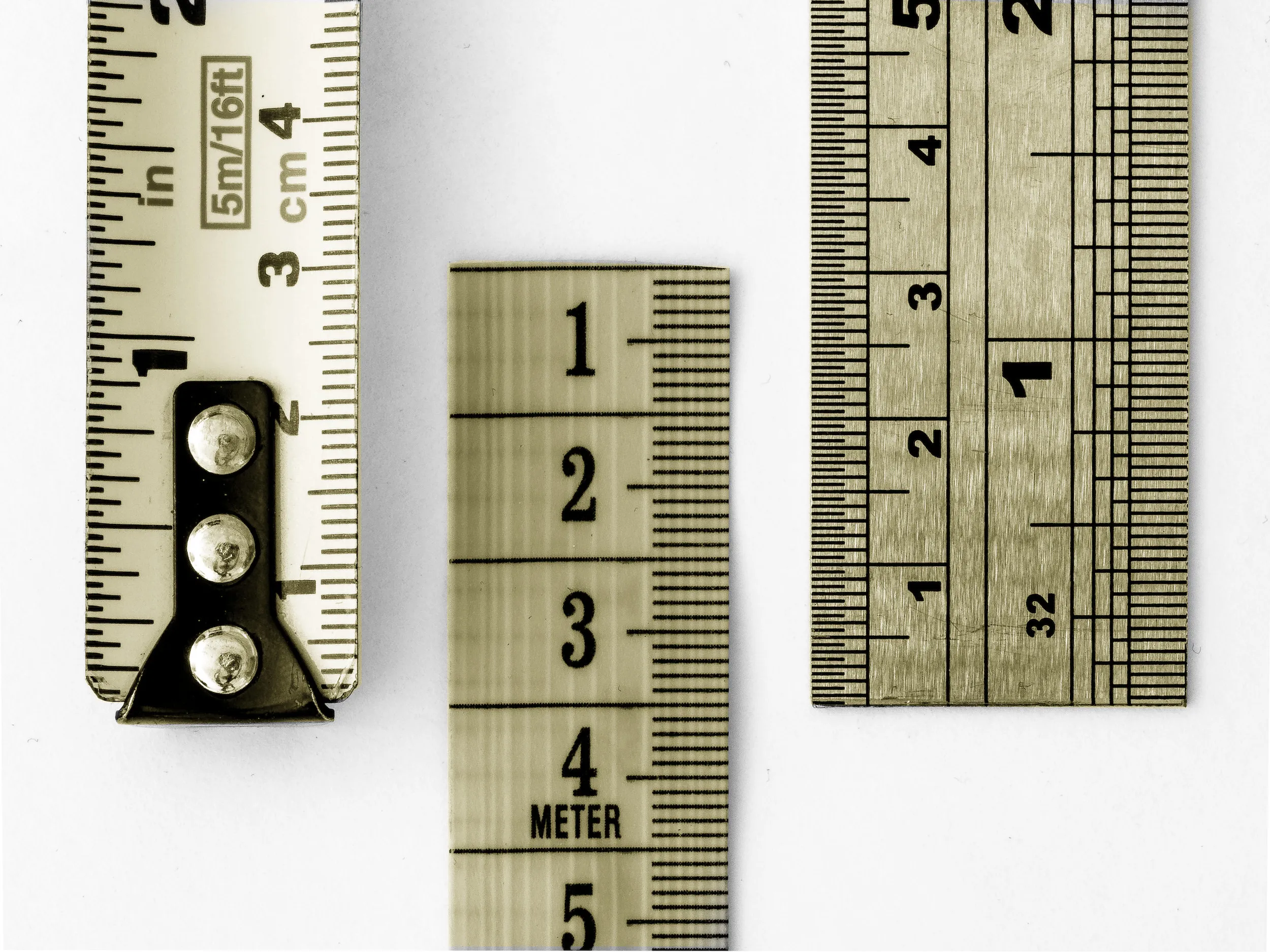Quick Verdict
If you’re in a hurry and just need a quick rundown, here’s what you should know:
Rytr stands out for its simplicity and speed, making it a go-to for quick content generation like social media posts or short blog entries. It’s user-friendly and budget-friendly, ideal for individuals or small teams who need straightforward content solutions.
Copy.ai, on the other hand, excels in creating a variety of content types with a focus on creativity and versatility. It’s particularly useful for those who require more diverse and imaginative content, such as marketing copy or unique brand messaging.
Creating engaging, high-quality content consistently can be a daunting task, especially when you’re juggling multiple projects or running a business. This is where AI writing assistants like Rytr and Copy.ai can be such a huge help.
These tools are revolutionizing the way we approach content creation, offering unique features and capabilities that cater to a wide range of needs.
In this comprehensive guide, we’ll thoroughly cover the unique features and attributes of Rytr and Copy.ai. We’ll explore how they work, their pricing structures, and who they’re best suited for, helping you decide which tool aligns best with your content creation needs.
Continue reading “Rytr.ai vs Copy.ai 2024 Comparison: Who’s Better?”








